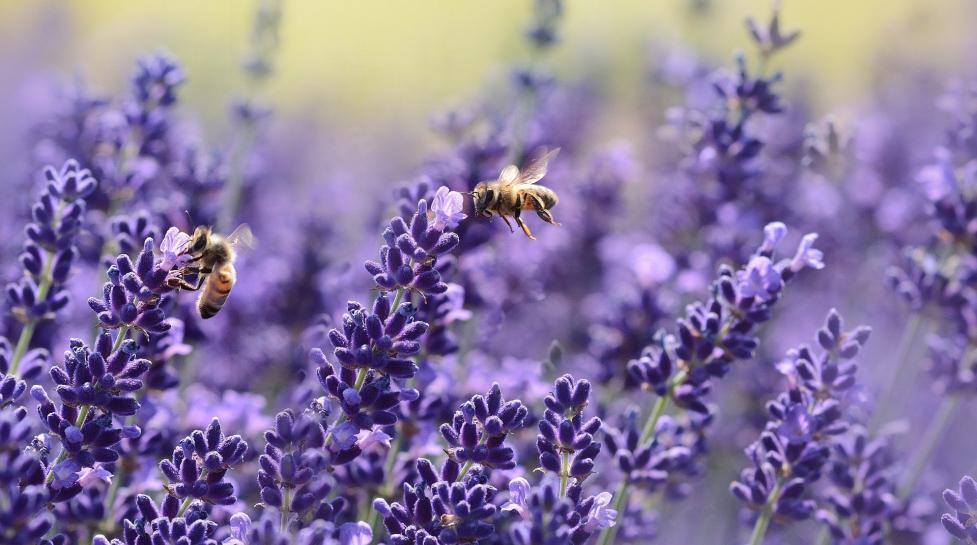Learn about pollinators and how to help them
Every one of us can take steps to help pollinators
Like all living things, bees need healthy food and a place to live and rear their young. Did you know that the honeybee is not native to the U.S.? Today, honeybees have become a crucial component of American agriculture, since we rely on them to pollinate many of our crops. But honeybees are in trouble with staggering losses reported year after year. But did you know that many native bees are also in decline? Native bees and other native pollinators, including beetles, flies, butterflies, and moths are essential for the pollination of native plants and the overall health of the ecosystem. Many native pollinators are also important for helping to pollinate crops.
There are over 950 species of bees in Colorado. They are all different sizes, shapes and colors. Applewood Seed has a great color guide of native bees. Take a close look around your yard, in parks and natural lands to discover some of the amazing insects that provide food for us, birds, mammals and other animals and that create much of the natural beauty that surrounds us.
Provide a banquet of healthy food for pollinators
Bees need food from spring to fall, so plant as many flowers as you can of different colors, shapes and types to create a smorgasbord of nectar and pollen. Like people, bees need a variety of foods. A healthy diet helps bees to withstand all the other threats that are undermining their health, like disease, lack of habitat and pesticides.
Go native!
Plants that are native to our local area are the best way to attract and support native bees, since they evolved with these plants. Native plants are beautiful, appropriate for our location and help to conserve water. Many of the weeds that are invading our natural lands originated as exotic ornamental plants in landscaping, which is why it’s so important to choose native plants. Learn more about going native from Open Space and Mountain Parks and the Audubon Society’s Habitat Hero Program.
Don’t use pesticides
Many common lawn and garden products contain insecticides, fungicides and other pesticides that are toxic to bees. Some products can kill pollinators outright or weaken their immune system, affect their behavior so that they can’t remember how to get back to their nests or groom themselves and can affect their reproduction. Those products are systemic, meaning that they are taken up by the roots of the plants or through the surface of the leaves and distribute throughout the plant, including the nectar and pollen collected by bees. These flowers attract bees and then potentially harm them. The city banned the use of a group of systemic insecticides, the neonicotinoids, on public property to protect bees and many other insects and animals. The Xerces Society provides a brochure that lists the names of the neonicotinoid ingredients and some common products that contain them. Take a pledge to avoid these products and other pesticides in your yard and join with your neighbors to become a Pollinator Safe Neighborhood.
Create a haven for bees
Turf grass is a pollinator desert. There is nothing for them to eat and nowhere for them to nest. Replacing part or all of your lawn with native plants and gardens creates habitat that supports pollinators, birds and other animals. Every little bit helps, but if enough people transform their yards with native plantings, it creates a pollinator pathway that can provide a much brighter future for our pollinators. Some native bees nest in wood, some cut leaves to use as nesting material, some nest in the ground. Check the sidebar for tips to create nesting sites and safe water sources for pollinators.
